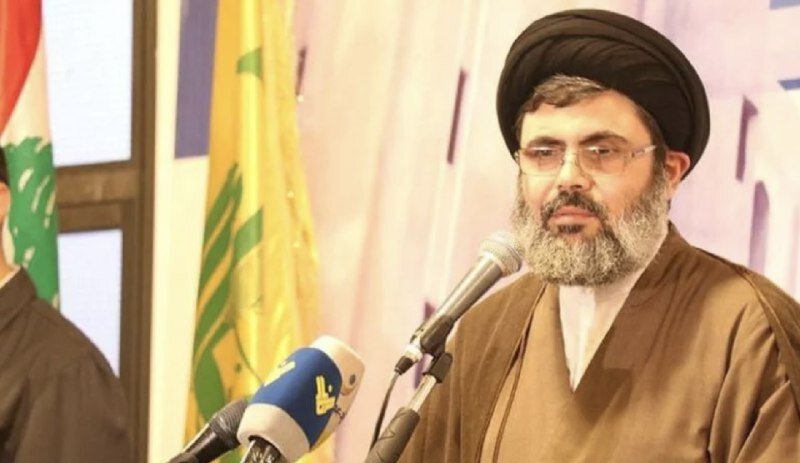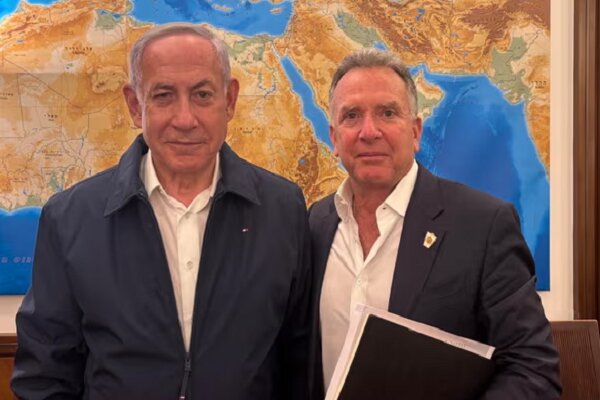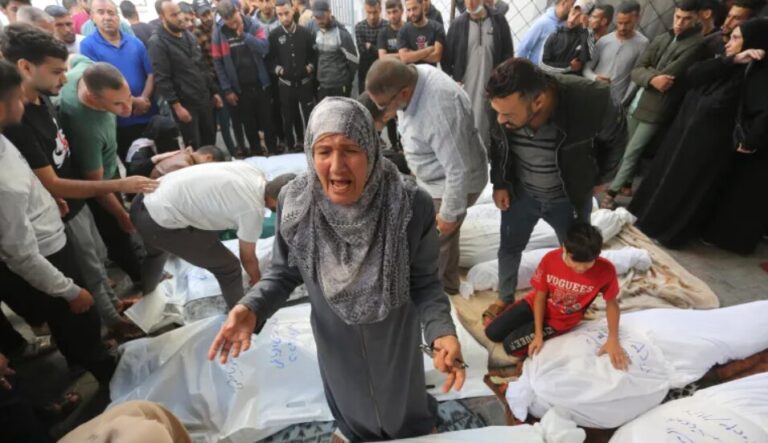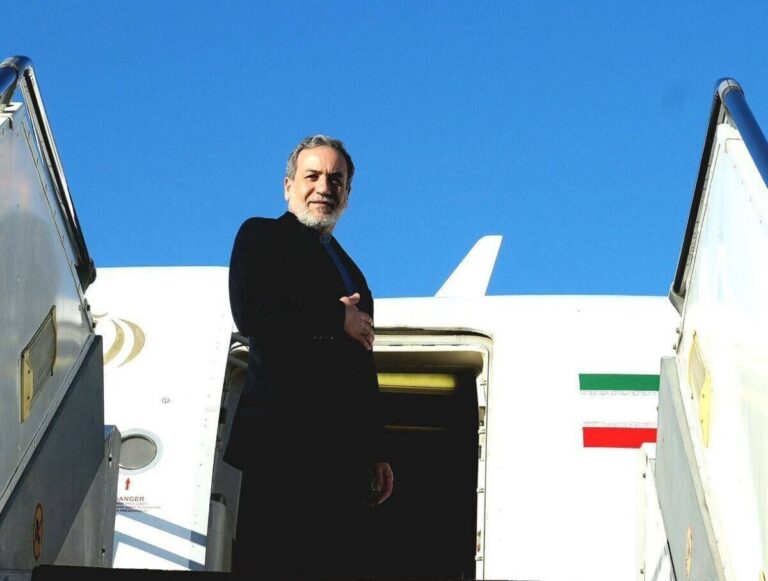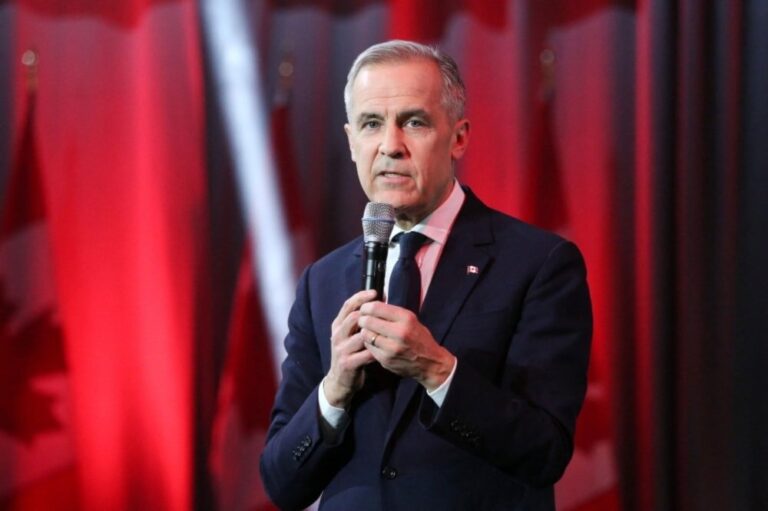Exploring the Life and Legacy of Sayyed Hashem Safieddine: A Key Figure in Contemporary History
Sayyed Hashem Safieddine, a prominent figure in Hezbollah’s leadership, has recently gained attention following the tragic assassination of Sayyed Hassan Nasrallah. As a high-ranking member of the organization and a cousin to Nasrallah, Safieddine’s role has become increasingly vital in the ever-evolving dynamics of the resistance movement. His rise to prominence marks a significant chapter in Hezbollah’s journey amidst regional tensions and conflicts.
Having assumed a key role in Hezbollah, Safieddine has been vocal during critical events, stepping into the limelight at a time when his predecessor had to avoid public appearances due to security concerns. His emergence as a spokesperson for the organization underscores the gravity of the current situation in the region.
Key details about Sayyed Hashem Safieddine include:
- Background: Born in 1964 in southern Lebanon, Safieddine hails from a respected Shia family.
- Education: He studied at religious seminaries in Qom, Iran, before returning to Lebanon in the 1990s to take on leadership roles within Hezbollah.
- Family Ties: His son, Rida, is connected to the family of Iranian General Qassem Soleimani, and his brother, Abdullah, serves as Hezbollah’s representative in Tehran.
- Public Speaking: He was the first Hezbollah official to address the public following the October 2023 attacks on southern Israel by Palestinian resistance factions, including Hamas.
One of the significant aspects of Safieddine’s leadership is his resemblance to the role of a prime minister within Hezbollah. He oversees various institutions that cater to the needs of the community, such as:
- Health Care: Managing healthcare facilities and initiatives aimed at improving public health.
- Education: Overseeing educational institutions and programs for the community.
- Culture: Promoting cultural activities and preserving heritage within the region.
- Construction: Leading efforts in rebuilding projects, especially following conflicts.
Safieddine’s leadership was particularly evident in the aftermath of the 2006 war, where he spearheaded reconstruction efforts in the Hezbollah-controlled southern suburbs of Beirut. This initiative was not just about rebuilding infrastructure but was also framed as a “new victory” over Israel, highlighting the resilience of the community.
In a notable statement made in 2017, Safieddine responded to U.S. pressures on Hezbollah by asserting, “This mentally impeded, crazy U.S. administration headed by Trump will not be able to harm the resistance.” His remarks reflected a strong stance against external pressures while rallying support within the organization.
As the situation in the region continues to evolve, Sayyed Hashem Safieddine’s role as a leader in Hezbollah will likely remain crucial. His ability to communicate effectively with the public and navigate the complex political landscape will be essential for the organization’s future. With the ongoing tensions in Lebanon and surrounding areas, his actions and statements will be closely monitored by both supporters and adversaries alike.
Hezbollah’s leadership dynamics are now under scrutiny, especially in light of the significant changes brought about by Nasrallah’s assassination. Safieddine’s next moves will undoubtedly shape the future course of the organization and its strategic responses to ongoing challenges.
In conclusion, Sayyed Hashem Safieddine stands at a pivotal moment in Hezbollah’s history. As he assumes greater responsibilities, the world watches to see how he will lead the resistance movement during these turbulent times. His leadership could either solidify Hezbollah’s position in the region or lead to new challenges as the organization navigates both internal and external pressures.
